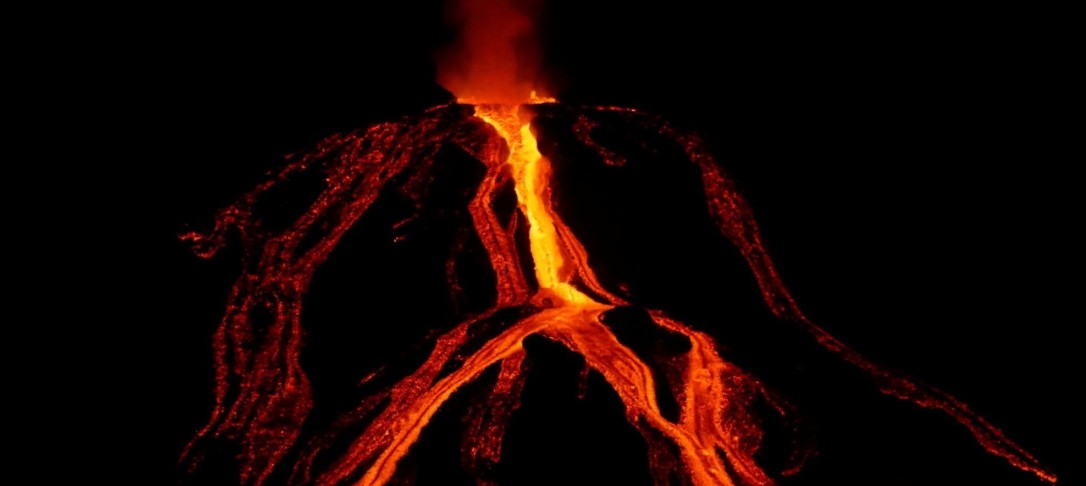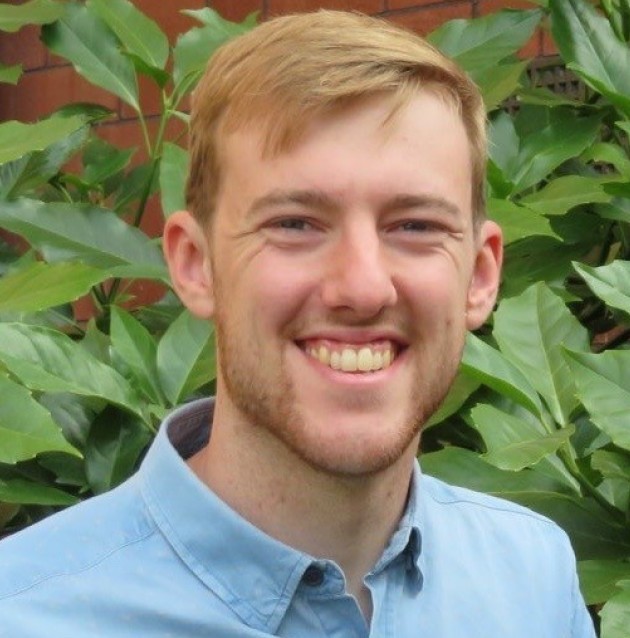
Dr Patrick Ball (Colorado State University) will give the first Earth & Planets seminar of term on Wednesday 27th October 2021, “Using intraplate volcanism, seismic tomography and geodynamic modelling to track upper mantle temperature variations through space and time”.
Join us online on by clicking “Livestream” on the seminar page at 3pm on 27 October.
Seminar information:
The thermochemical structure of lithospheric and asthenospheric mantle exerts primary controls on surface topography and volcanic activity. Volcanic rock compositions and mantle seismic velocities provide indirect observations of this structure.
In this seminar, Patrick presents a new global database of Neogene-Quaternary intraplate volcanic rock distributions and compositions. By integrating this database with seismic tomographic models, he will show that intraplate volcanism is concentrated in regions characterised by slow upper mantle shear-wave velocities and by thin lithosphere (i.e., < 100 km). He observes a negative correlation between shear-wave velocities at depths of 125-175 km and melt fractions inferred from volcanic rock compositions. Furthermore, mantle temperature and lithospheric thickness estimates obtained by geochemical modelling broadly agree with values determined from tomographic models that have been converted into temperature.
Intraplate volcanism often occurs in regions where uplifted (but undeformed) marine sedimentary rocks are exposed. Regional elevation of these rocks can be generated by a combination of hotter asthenosphere and lithospheric thinning. Therefore, the distribution and composition of intraplate volcanic rocks through geologic time will help to probe past mantle conditions and surface processes. To test this assertion, Patrick has developed a new peridotite-melting parameterisation that can predict the incompatible-element concentrations of melts within geodynamical simulations, thereby providing a means to validate simulations of past geologic events against geochemical datasets. Melt compositions generated in 2-D single-phase flow models of mid-oceanic ridges at a range of mantle temperatures and plate-spreading rates closely match those observed at present-day ridges.
Biography: Dr Patrick Ball
 Dr. Patrick Ball is a multidisciplinary Earth scientist with a broad spectrum of interests in geochemistry, geophysics and geodynamics.
Dr. Patrick Ball is a multidisciplinary Earth scientist with a broad spectrum of interests in geochemistry, geophysics and geodynamics.
His research focuses on using a variety of different methods to probe the temperature and chemical structure of the uppermost mantle, i.e., the top 200 km. These include: i) analysing the chemical compositions of volcanic rocks to uncover important information about the mantle from which they were derived; ii) using earthquake data to create maps of seismic wave speeds and that are converted into temperature to investigate the thermal structure of the uppermost mantle; and iii) developing computational models of mantle convection and mantle melting to understand how changes to the thermal and chemical structure of the uppermost mantle impact lithospheric structure and volcanic activity.
Before arriving at Colorado State, Patrick conducted postdoctoral research at Australian National University. He holds a PhD from the University of Cambridge and an MEarthSci from the University of Oxford.